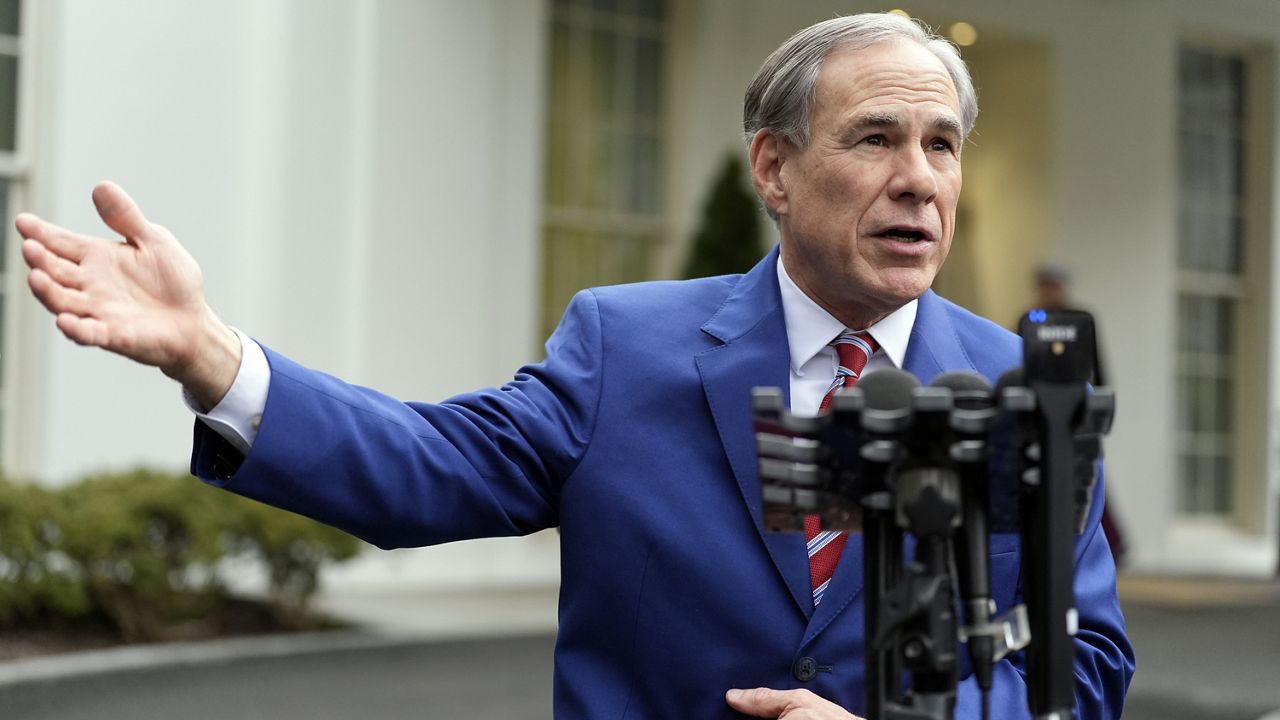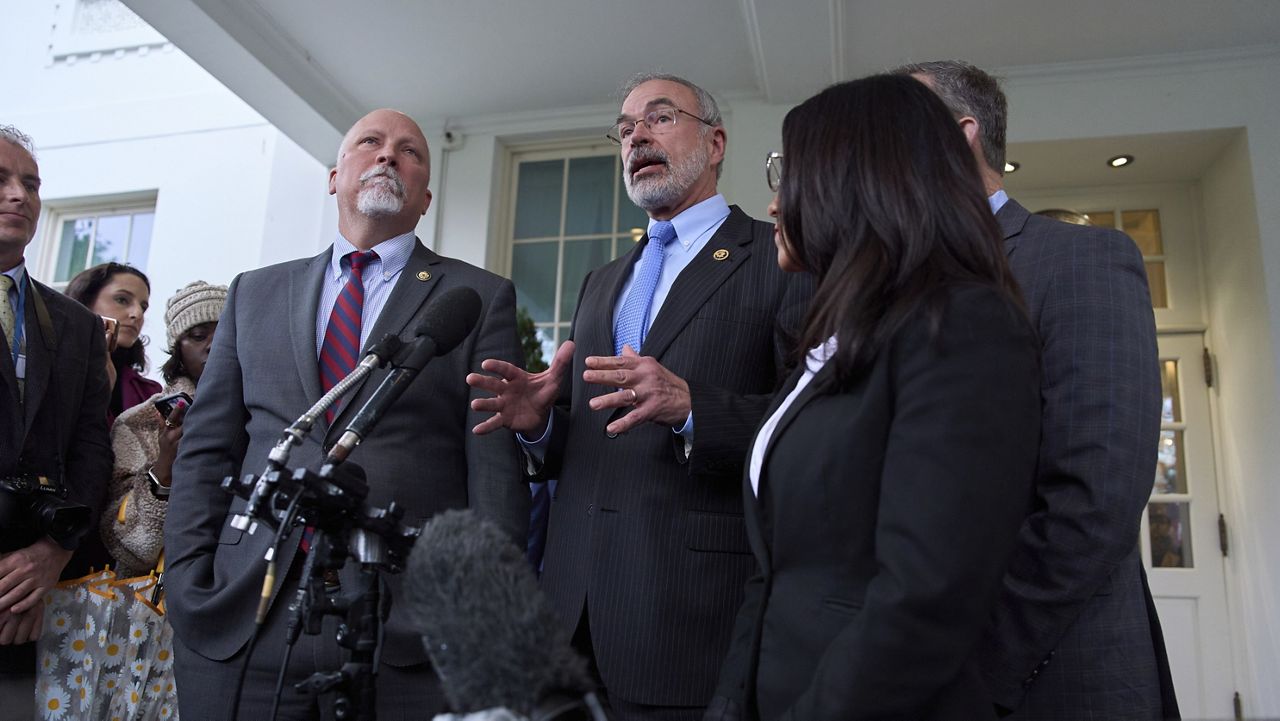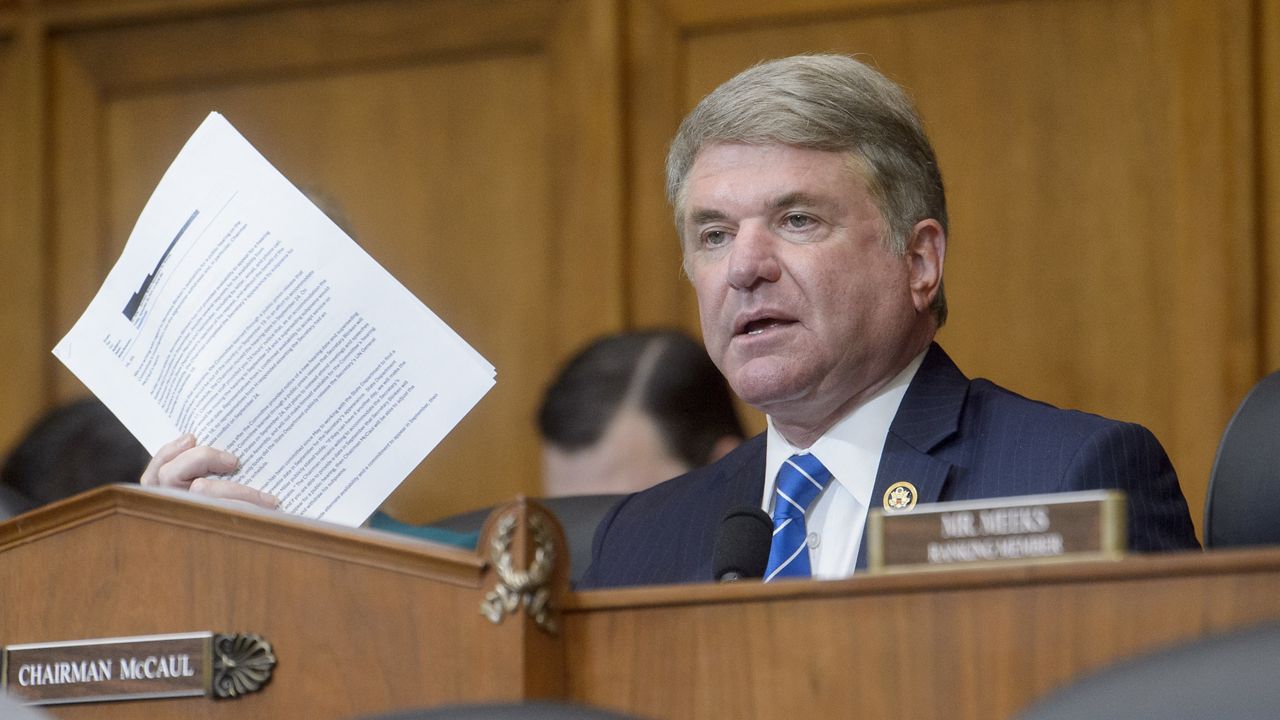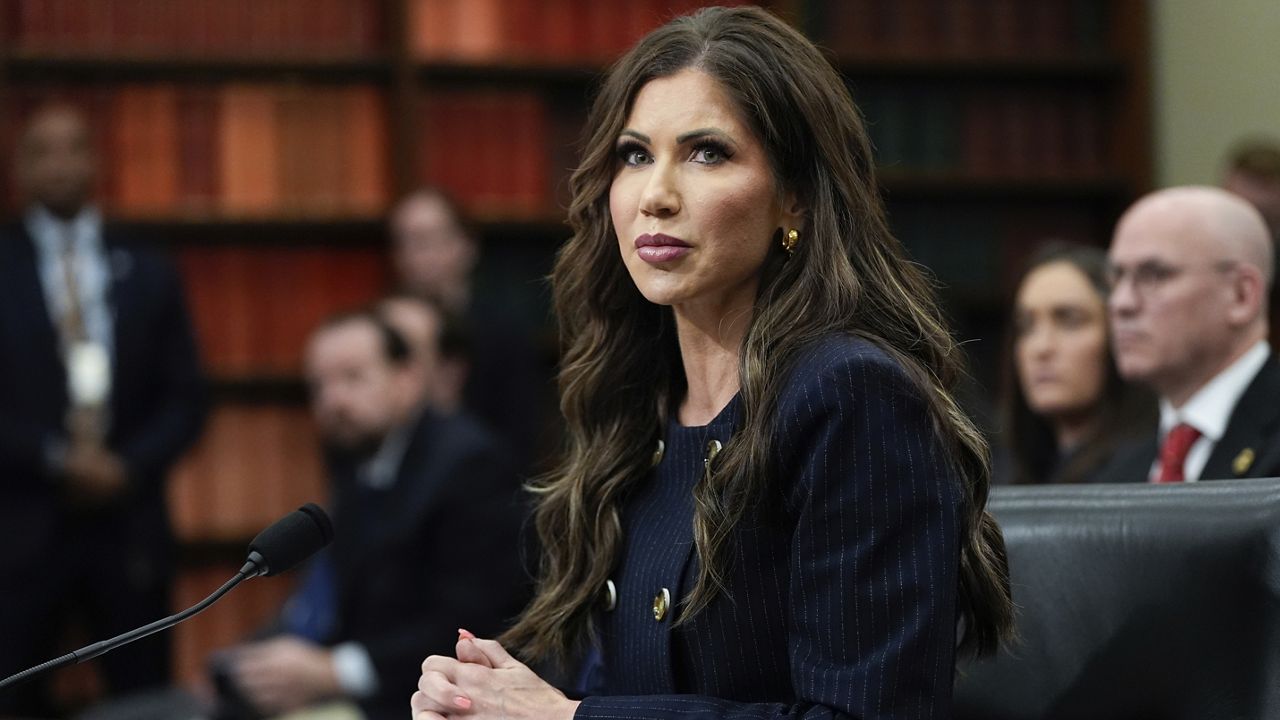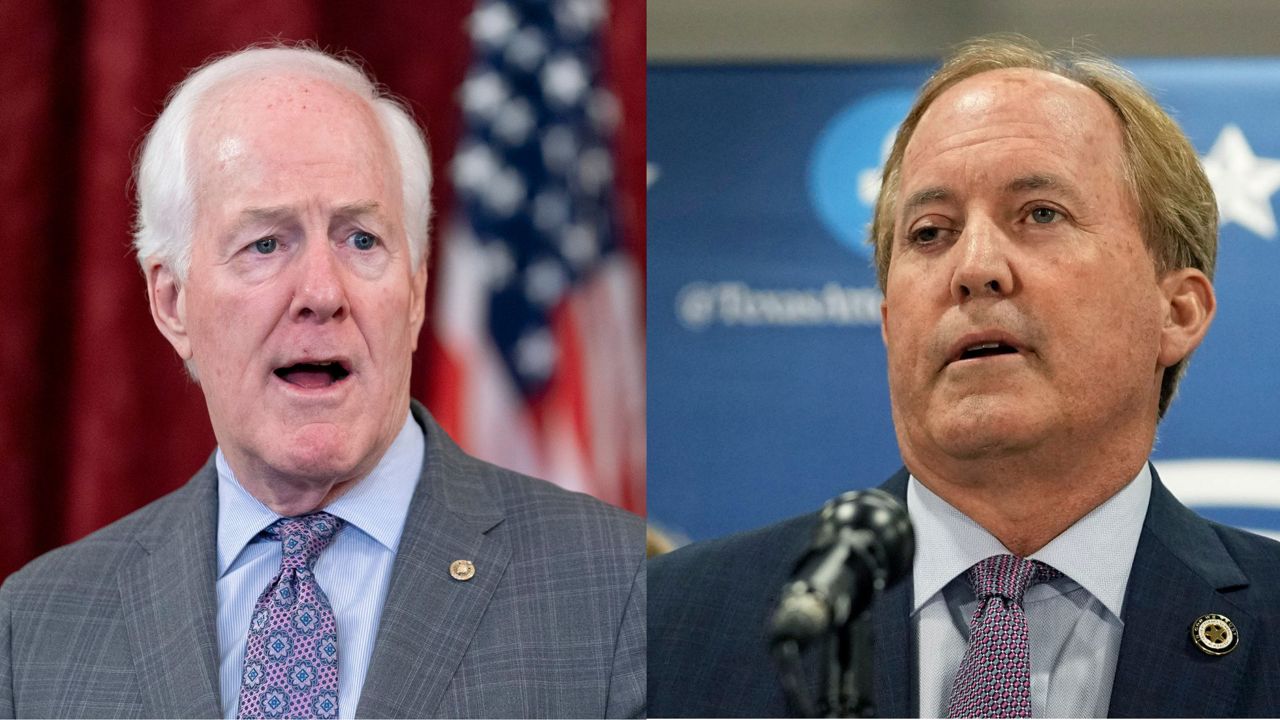WASHINGTON — President-elect Donald Trump has vowed a return to his hardline immigration and border policies once he is inaugurated. But to follow through on his promises, his new administration would have to overcome major financial and logistical challenges.
Trump has ambitious plans for his first day back in the White House.
“It’s going to be Liberation Day. On day one, I will launch the largest deportation program in American history,” Trump told the crowd last month at the Madison Square Garden in New York.
Victor Manjarrez, director for research protections at the University of Texas El Paso, served for more than 20 years in the U.S. Border Patrol and says deportation is more complicated than it sounds.
“Logistically, in my mind, I go, ‘Man, how are you even going to get your hands around that? How do you start?’” Manjarrez said.
According to the Pew Research Center, there are at least 11 million undocumented immigrants in the U.S.
Manjarrez says they just cannot be picked up and returned to their home countries. Many will have the right to request a legal hearing on their removal, and their home countries have to be willing to accept them.
“They still have the right to seek permission to stay in the country, so they can literally ask for a hearing on that. At that point, the government’s got to either have holding capacity to hold them to their hearing or they let them back into the country pending their hearing. So logistically, it’s more than getting officers and buses and things of that nature,” Manjarrez said.
The largest deportation operation in history occurred in 1954 when more than a million undocumented immigrants were sent back to Mexico.
No president, including Trump in his first term, has been able to match that scale.
Throughout the campaign, Trump and his hardline adviser Stephen Miller have offered some insight into how they would carry it out. Miller said there could be so-called staging areas or detention camps near the southern border, including Texas.
According to an estimate from the group the American Immigration Council, which supports immigration rights, mass deportations could cost more than $300 billion.
Trump told NBC News he would have no choice but to carry it out — no matter the cost.
“It’s got to be a huge number, you know. Where is that money going to come from?” Manjarrez said.
During the Biden administration, Texas Gov. Greg Abbott launched a state border security initiative called Operation Lone Star. It has so far cost more than $10 billion in taxpayer funds. While Abbott recently indicated that Operation Lone Star’s funding may eventually be repurposed under Trump, Texas is also in a position to help execute and be most affected by Trump’s efforts.
“There’s no question but that the federal government and the state of Texas are going to be cooperating together on a common end to secure our border, and I’m very much looking forward to,” said Joshua Treviño, chief transformation officer at Texas Public Policy Foundation, a conservative think tank.
Trump also wants to bring back the controversial travel ban that barred people from Muslim-majority countries from entering the U.S and the policy that required asylum seekers to wait in Mexico as their legal process plays out.
As happened in his first term, Trump will likely face legal challenges to immigration policies he imposes without congressional approval.







